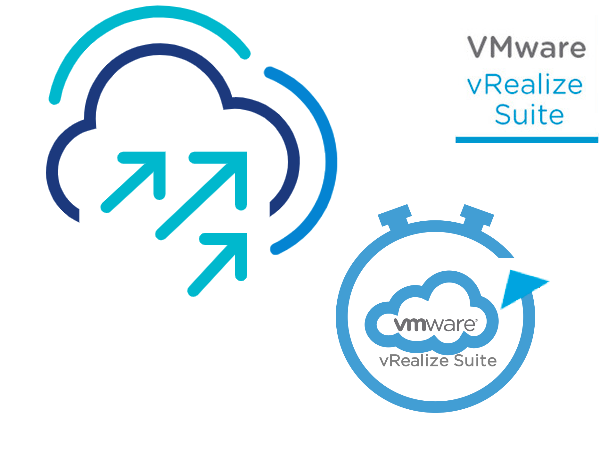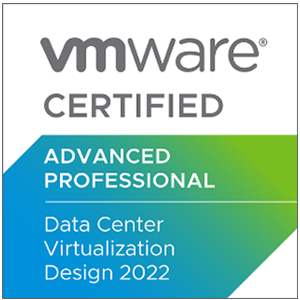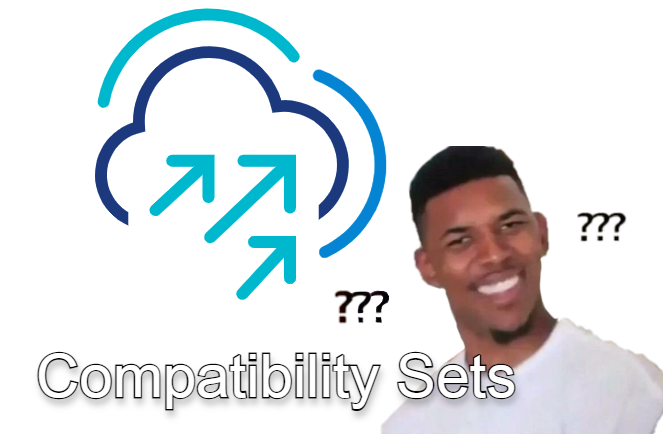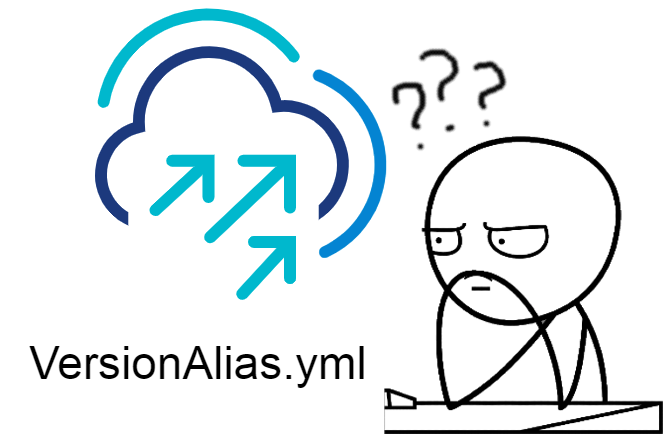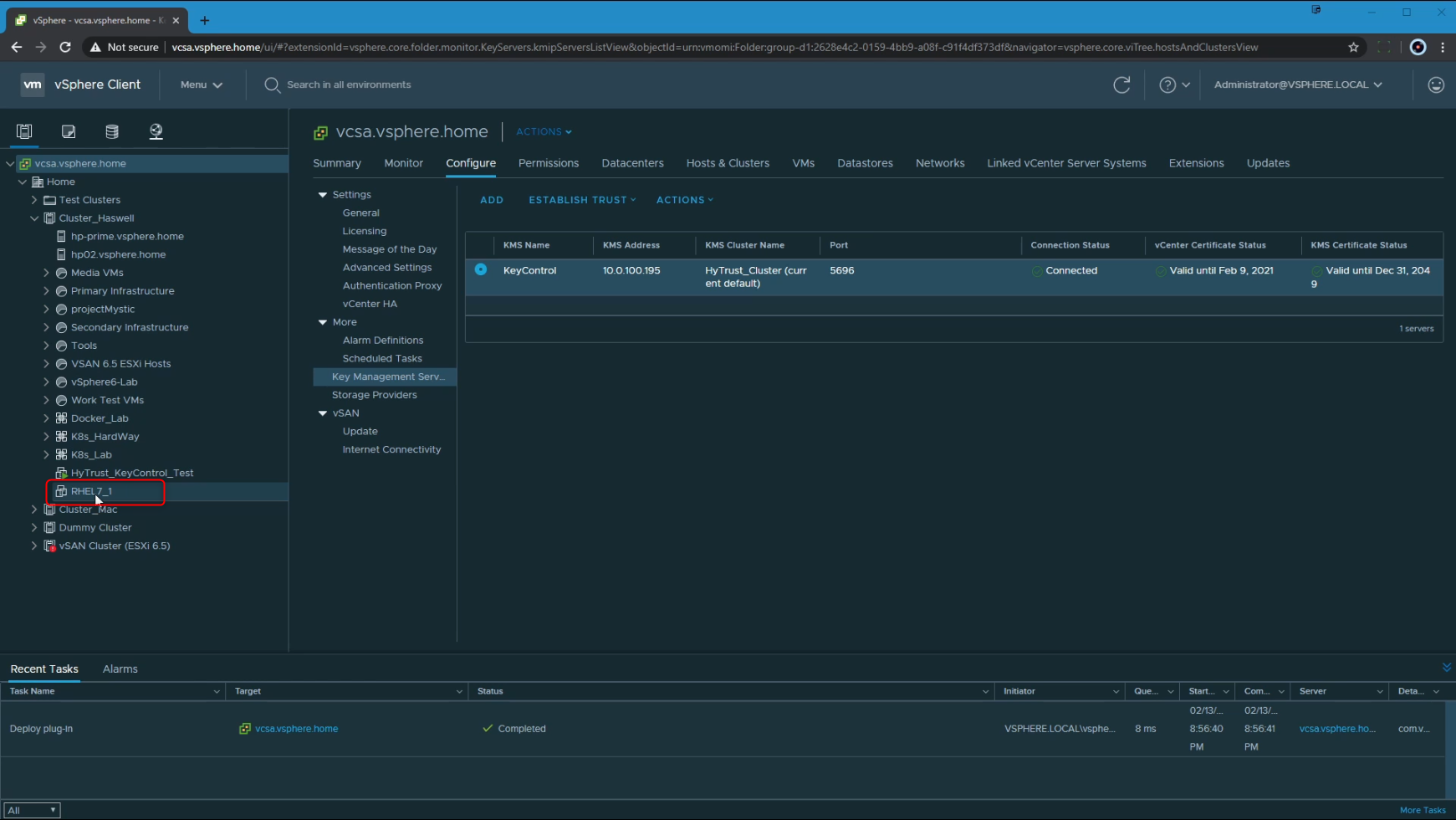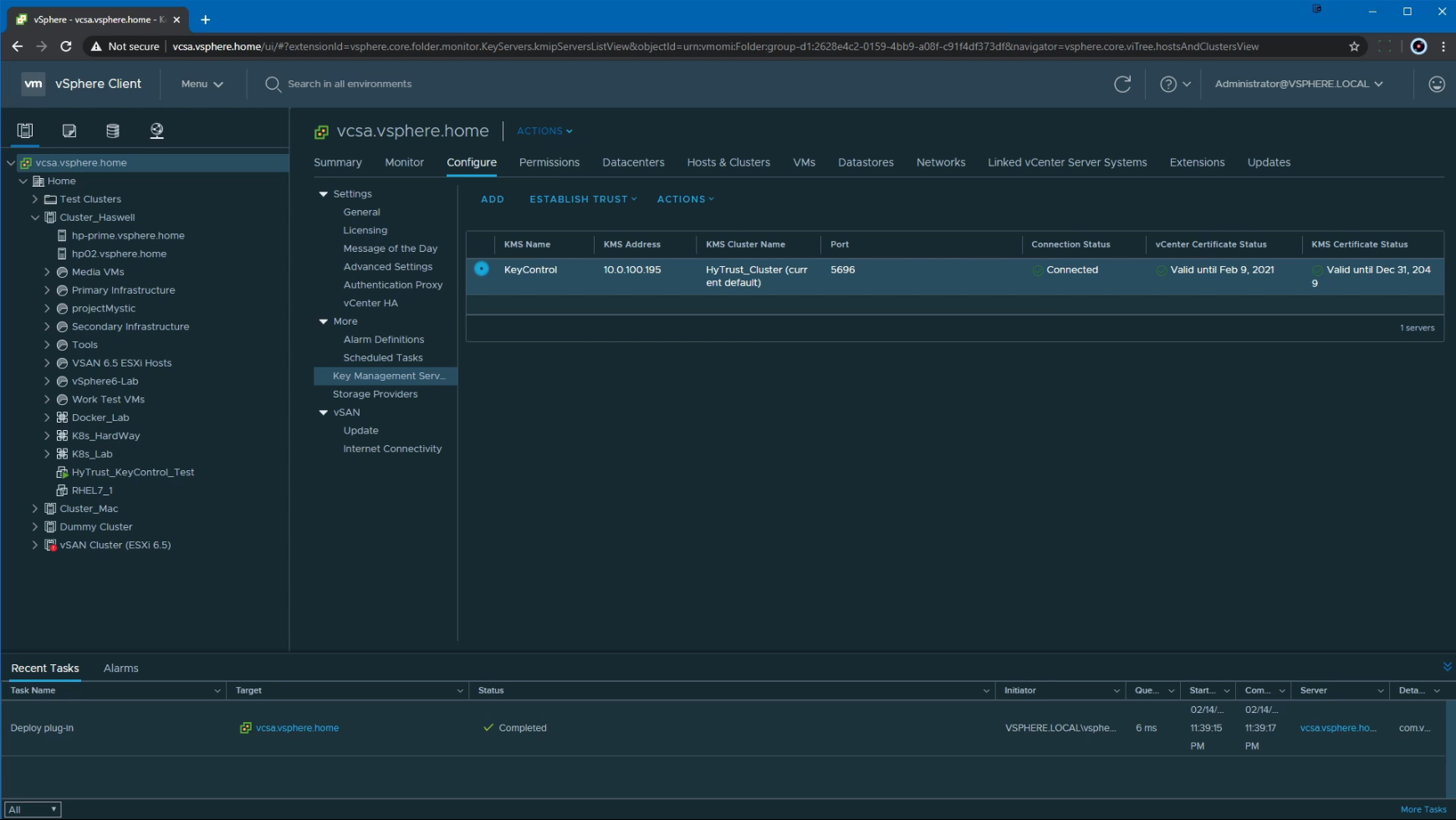ESXi Malware ? What you need to know
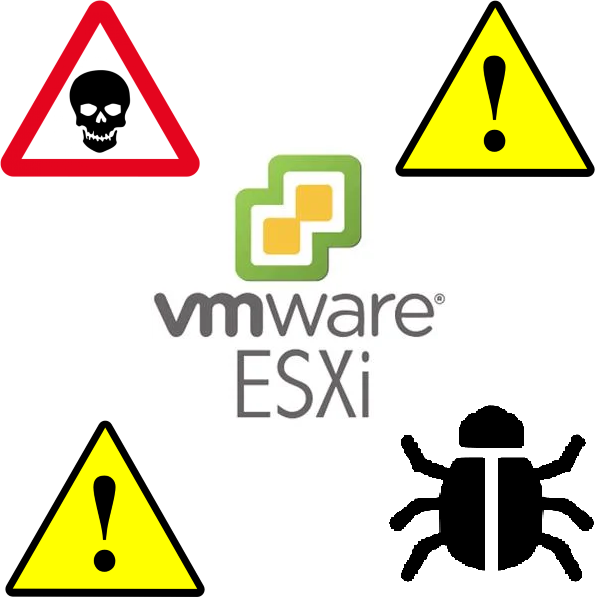
A recent post from VMware talked about a new malware for ESXi, based on information published by Mandiant - which is a cyber-security firm (a subsidiary of Google). You can read the VMware KB here.
The full posts from Mandiant can be found here:
https://www.mandiant.com/resources/blog/esxi-hypervisors-malware-persistence
https://www.mandiant.com/resources/blog/esxi-hypervisors-detection-hardening
In this post, I am going to discuss the key aspects of this issue.
What are Mandiant's findings?
Mandiant found malware on ESXi hosts that was basically installed using unsigned VIBs. The unsigned VIBs contain backdoors which then compromise the ESXi host. At that point, anything on the host can be considered as compromised - commands can be sent for execution on Guest VMs, files can be transferred between ESXi and the Guest VMs etc.
